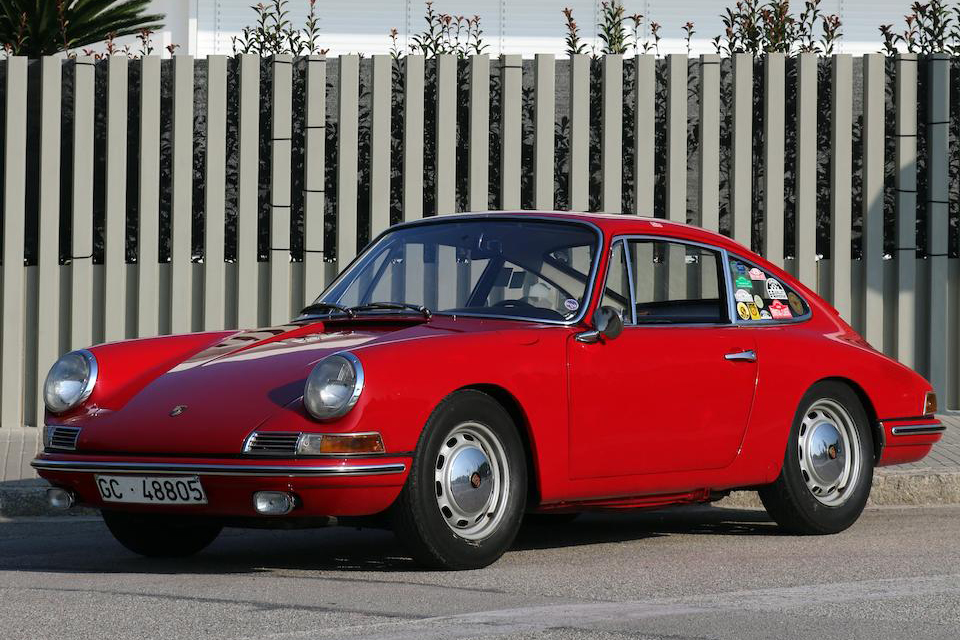Slip-up. Not for everyone.
Some risky choices penalised Bonhams at Goodwood, but some managed to take advantage of it.
Cliff Goodall’s view
Photo credit: Bonhams
The harder the game gets, the higher the price of the risky choices you make. It’s not a criticism, that’s not our role. It is a statement after the not-exactly-exhilarating results of the Bonhams Auction at Goodwood Speed Week. Clearly, they were wrong to defy one of the sacred rules of hammer sales: simplicity. The auction was held in London but the cars were exhibited in Goodwood, 67 miles away, not exactly around the corner. Then the sale was divided into two parts, first automobilia and some cars, and then, after a couple of hours, the other cars. Without considering the hygiene and social-distancing rules we now take for granted but which cannot be overlooked that inevitably complicate the registration and entry procedures.
The results speak for themselves. The first part of the sale closed with 47% of the cars sold and 37% in takings (and here too, it’s fair to make an observation: the estimates, in many cases were optimistic), but the effect of the interruption was substantial: in the second part of the sale, 37.9% of the cars changed hands but this was not reflected in the takings, which dropped to just 28.8%. Thankfully the top lot was fought for and sold successfully, accounting for almost half the total of the second part.
In the end, the final tally came to £5,610,407 sold against £17,151,000 offered (32.7%) and 44 successful sales out of a potential 99 opportunities (44.44%).
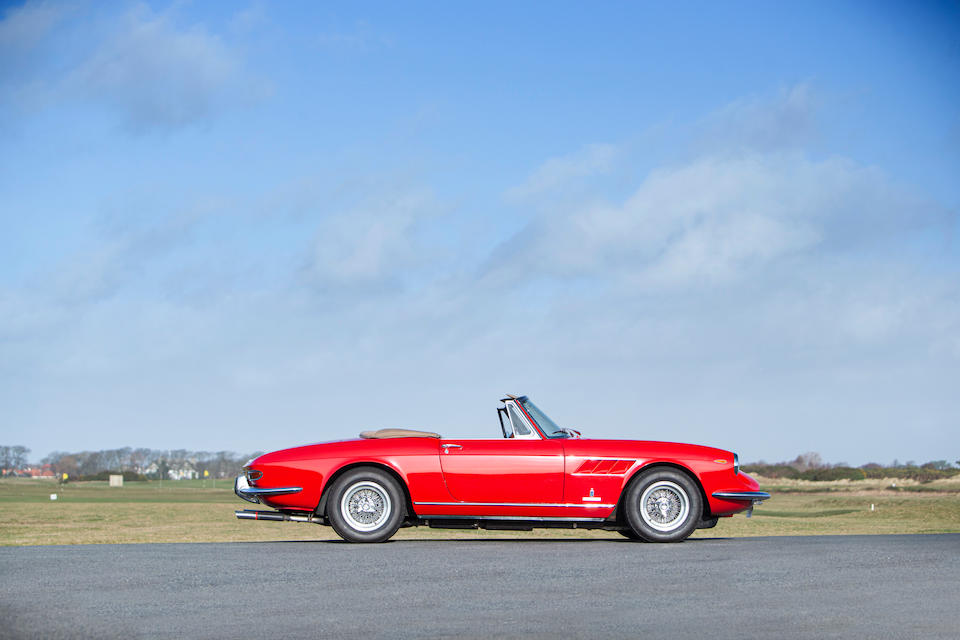
At £1,269,400 the 1967 Ferrari 330 GTS was the top lot and generated almost a quarter of the day’s takings. Originally light blue with red interior (but now presented in red with cream interior), and delivered new to Milan, the car was exported between the 70s and the 80s to the United States. Returning to Europe in 2004, she had two owners in less than two years before her current one came into possession in December 2005. The car was estimated at £1.2-1.5 million and was sold within the estimate but the car was due to be auctioned at Monaco in May (cancelled) with an estimate of €1.4-1.8 million. At today’s exchange rate, the selling price would be €1,395,000, slightly below the previous forecasts.
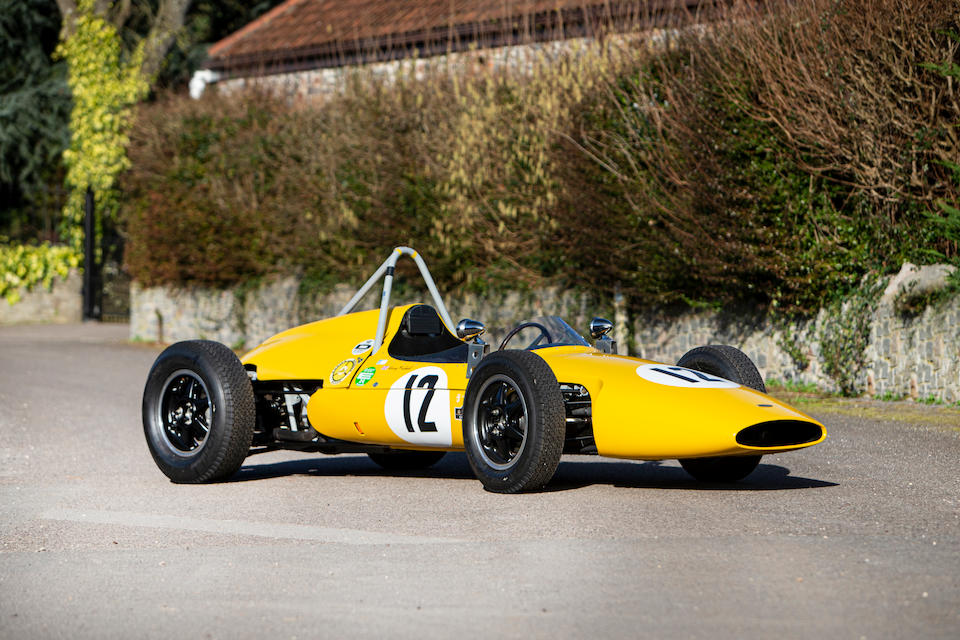
Although this was the “Goodwood” auction, there were far fewer track cars than in previous years and only one ready-to-race car was sold. The 1961 Emeryson F1 with a 1.5 litre engine was a tempting piece for anyone looking to participate in the Goodwood Revival 2021 or the Grand Prix Historique du Monaco for its interesting history in the top category. Delivered new to Ecurie National Belge, she had praiseworthy results while driven by Lucien Bianchi, who came fourth in the Brussels GP and eleventh at the Syracuse GP with Willy Mairesse behind the wheel. The owner had hoped to close at the top of the estimate of £150-200,000, at least to break even from the £174,380 paid three years ago but eventually accepted a small loss and handed it over to its new caretaker for £161,000.
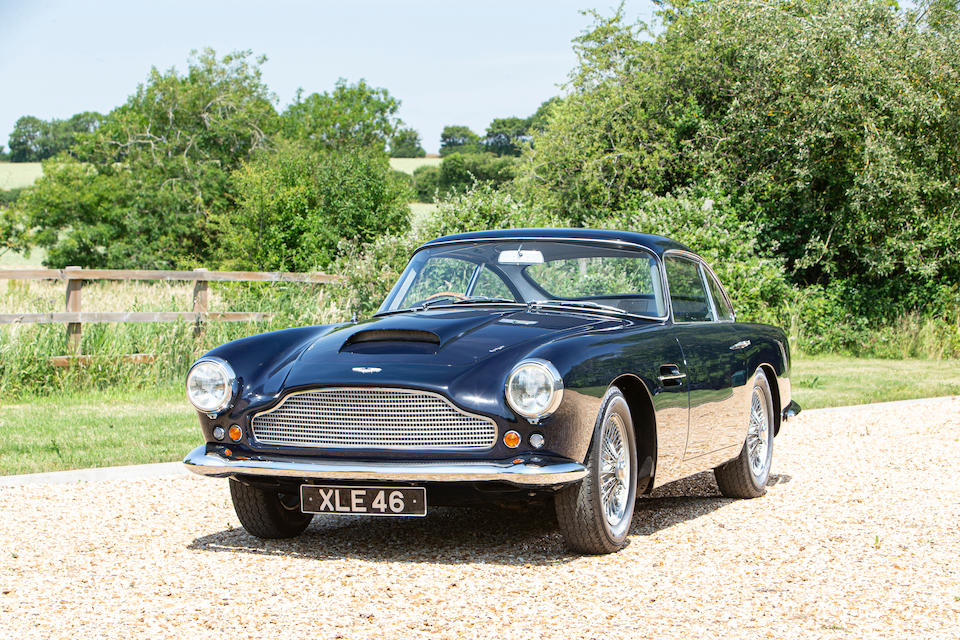
I have a particular connection with the Aston Martin DB4, especially the first series. I was having dinner with a friend (owner of a DB4) in January 2015 when a second series example went under the hammer. Although it went unsold, the $850,000 offer filled him with joy and he looked like he was holding a winning lottery ticket — plus his was a first series so it could be worth even more! My advice was “sell it immediately” but, alas, he didn’t listen to me. In London a first series from 1959 in the same Pacific Blue with Blue Grey Connolly colour scheme changed hands for £276,000. Matching numbers and with extensive servicing works performed by RS Williams a few months ago. All in all, a really good deal. Talk about “seize the moment”!
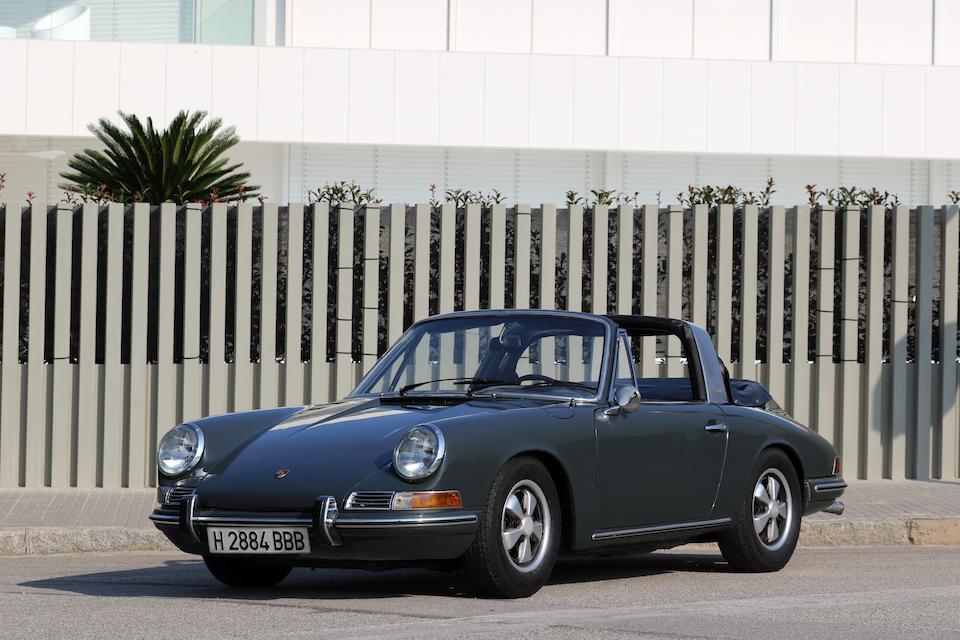
The best deal at the auction? Two Porsches. It seems strange to say this but usually Porsche 911s always find buyers at the right price – they are what they say in financial jargon “liquid investments” – but this time it was different. A grey 911 2.0 Targa from 1968 estimated at £100-170,000 went for £43,700 while a red 912, estimated at £37-55,000 went for £26,450. Two super-prices, but where’s the catch? These are the biggest examples of how complication is the worst enemy of a record result. Coming from the same seller the cars looked very nice but a note on the side of the catalogue read: “Please note that on inspection we feel this vehicle was overdescribed, please contact the department for a detailed condition report” with the Targa that halved its estimate to £50-70,000. What did that mean? Buyers were first expected to call the auction house to discover the mystery, then go to Goodwood to see it in person and finally travel to London and try to take it home. All too complicated, particularly these days. Did I mention that simplicity brings results? Not knowing what’s behind it I’m tempted to say, (with reservation) that these two appear to have been the best deals of the auction. A job well done for the person who took them home or a complete gamble given the final price?
